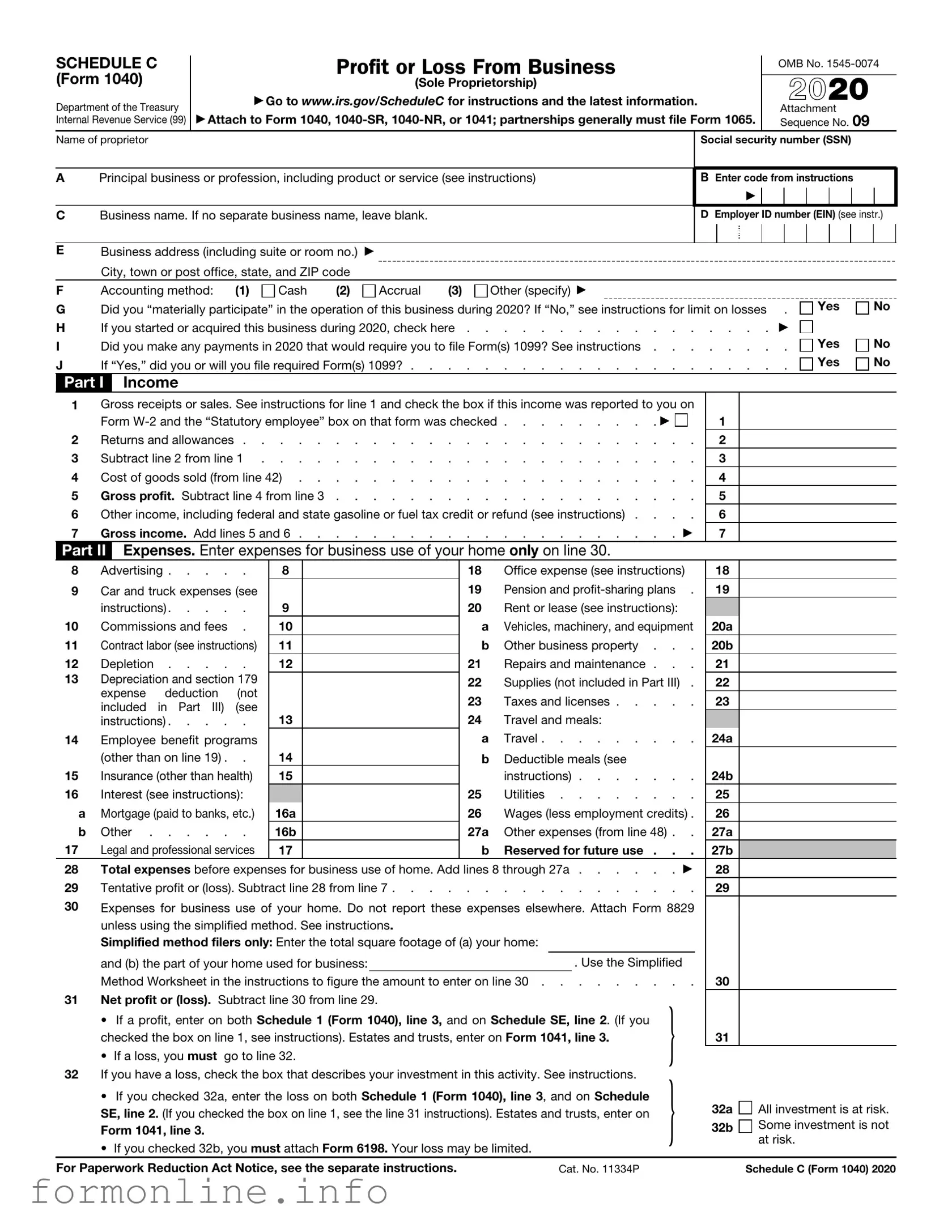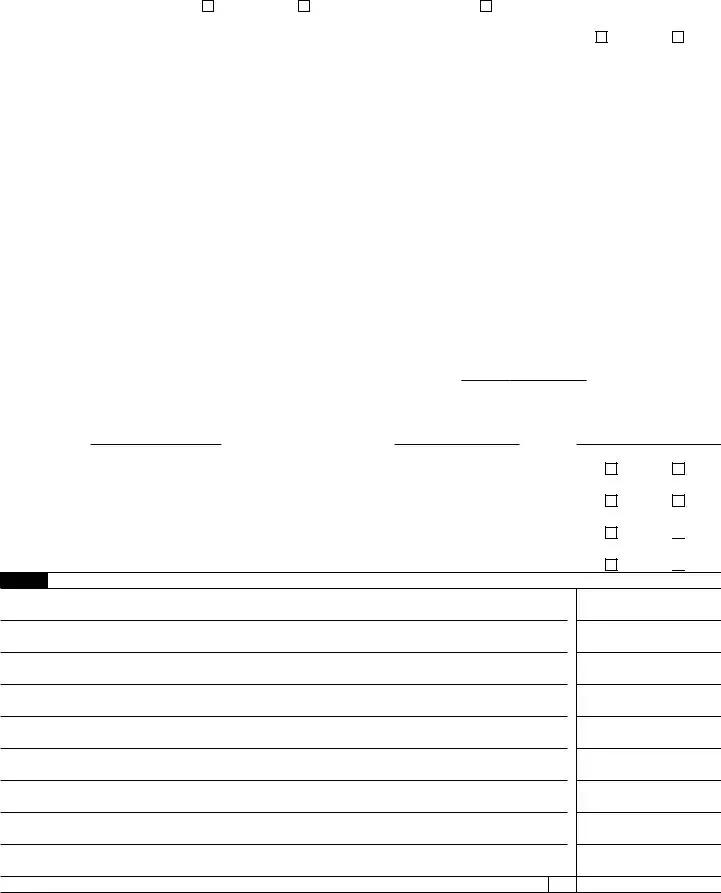The IRS Schedule C form, used by sole proprietors to report income and expenses from their business, shares similarities with the IRS Form 1040 itself. The Form 1040 is the standard individual income tax return form. Both documents are integral parts of the individual tax filing process and require taxpayers to report their income. While Form 1040 serves as the primary document for reporting overall income, Schedule C provides a detailed breakdown of business income and expenses, allowing for a more precise calculation of net profit or loss from self-employment activities.
Another document similar to Schedule C is the IRS Schedule E. This form is used to report income or loss from rental real estate, royalties, partnerships, S corporations, estates, trusts, and residual interests in REMICs. Like Schedule C, Schedule E requires detailed reporting of income and expenses. Both forms help taxpayers determine their overall income and tax liability, but Schedule E focuses specifically on passive income sources, while Schedule C is tailored for active business income.
IRS Schedule F is also comparable to Schedule C. This form is specifically for farmers to report their farming income and expenses. Similar to Schedule C, Schedule F allows farmers to detail their revenue sources and costs associated with farming operations. Both forms aim to capture the financial performance of a business, though Schedule F is specialized for agricultural activities, reflecting the unique nature of farming income and expenses.
If you're looking to establish your business structure, the Florida Operating Agreement is an essential component that outlines key management details. For further guidance, refer to this key Florida Operating Agreement document.
Form 1065, the U.S. Return of Partnership Income, shares a relationship with Schedule C as well. While Schedule C is for sole proprietors, Form 1065 is used by partnerships to report their income, deductions, gains, and losses. Both forms require detailed reporting of financial activities, but Form 1065 also necessitates the distribution of income and deductions among partners, making it more complex. However, both documents are essential for determining the tax obligations of the respective business entities.
IRS Form 1120, the U.S. Corporation Income Tax Return, is similar to Schedule C in that it is used to report business income. However, Form 1120 is specifically for corporations, while Schedule C is for sole proprietorships. Both forms require a comprehensive accounting of income and expenses, but the structure and requirements differ due to the legal status of the business. Corporations often face different tax rates and regulations, which is reflected in the complexity of Form 1120 compared to Schedule C.
Schedule SE, used to calculate self-employment tax, is another document that complements Schedule C. When a taxpayer reports income on Schedule C, they often also need to file Schedule SE to determine their self-employment tax liability. Both forms are interconnected, as the net profit reported on Schedule C directly affects the self-employment tax calculated on Schedule SE. This relationship underscores the importance of accurate reporting on both forms to ensure compliance with tax obligations.
Lastly, Form 8949, the Sales and Other Dispositions of Capital Assets, can be viewed as similar to Schedule C in that it deals with income reporting. While Schedule C focuses on business income, Form 8949 is used to report capital gains and losses from the sale of assets. Both forms require taxpayers to provide detailed information about income-generating activities, but they apply to different types of income. The accurate reporting on Form 8949 can impact the overall tax liability, just as Schedule C does for business income.



 Yes
Yes  No
No
 Yes
Yes 
 No
No
 Yes
Yes  No
No

 No
No
 No
No